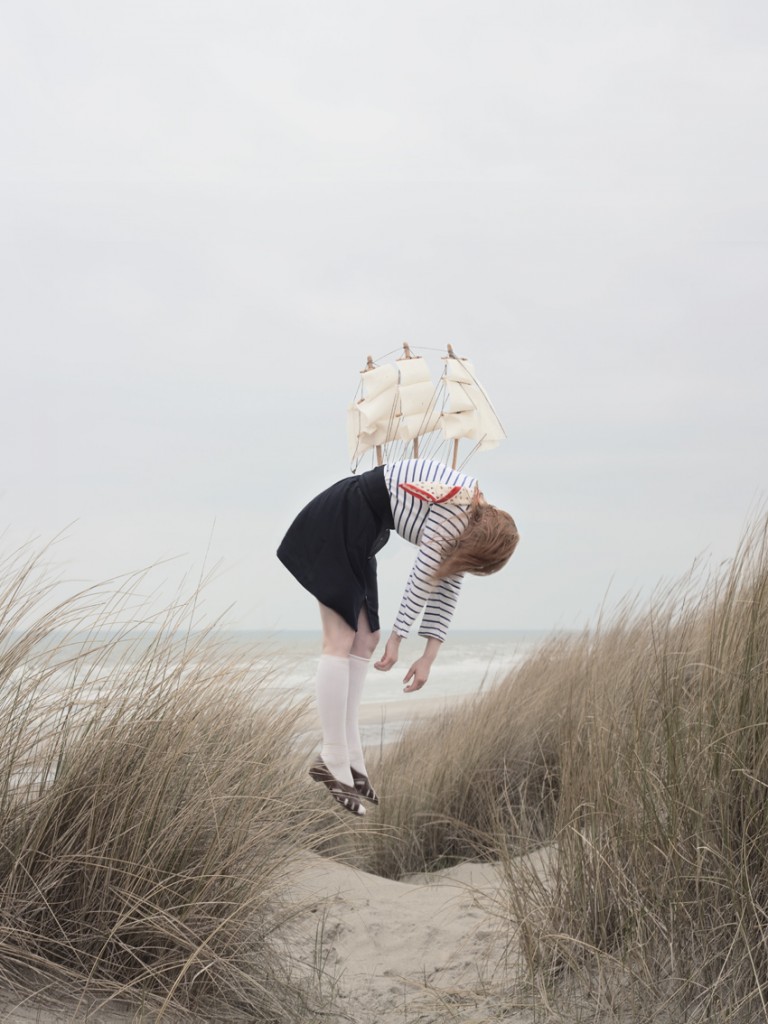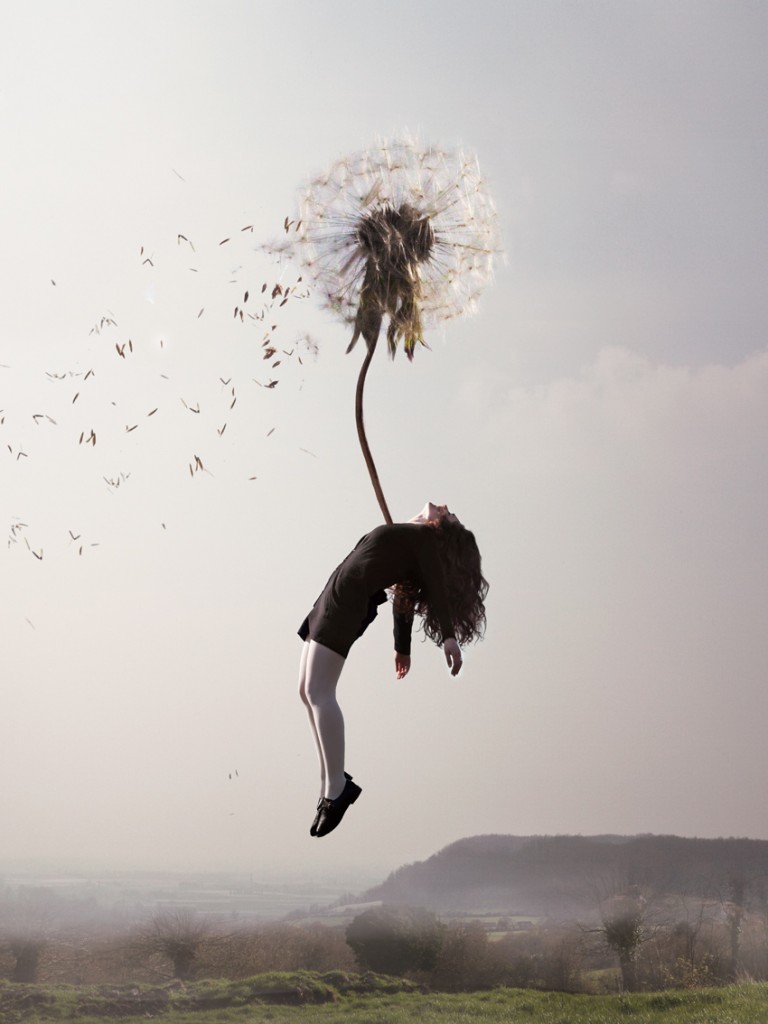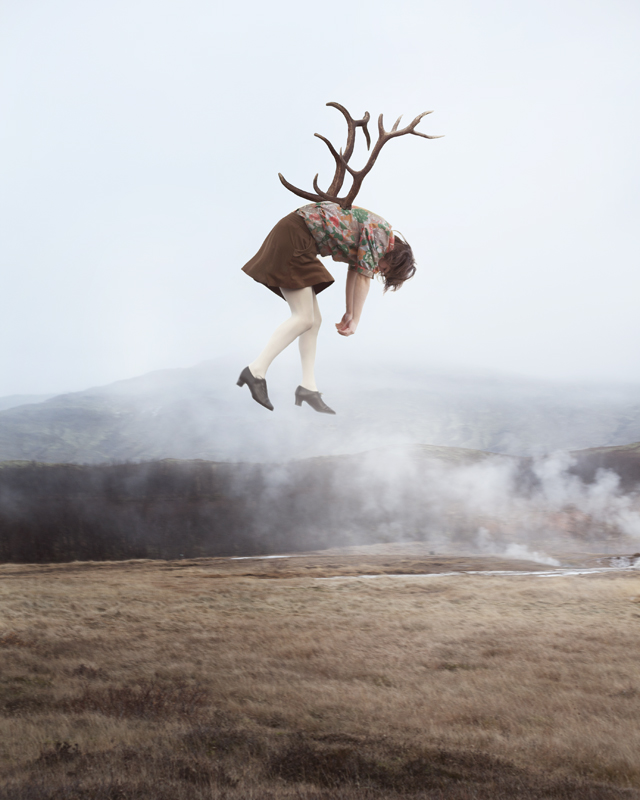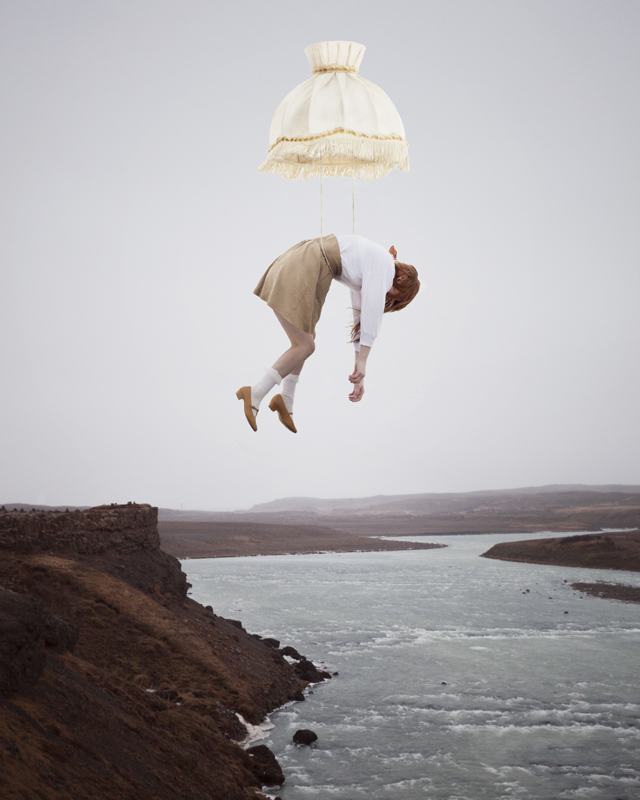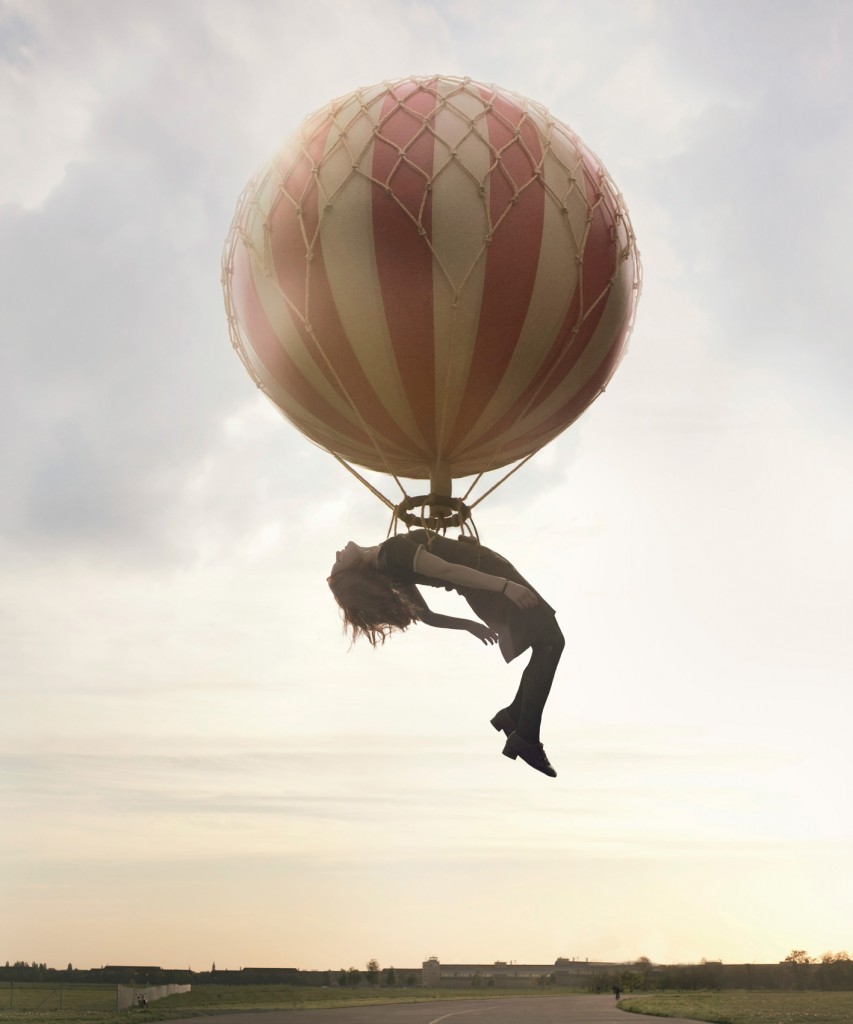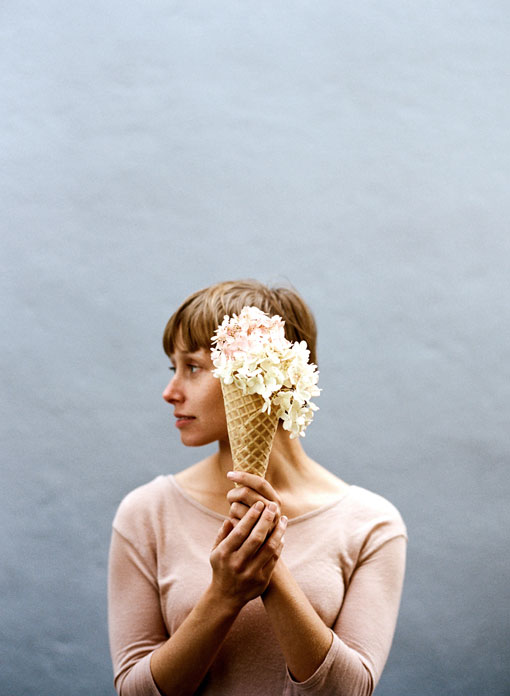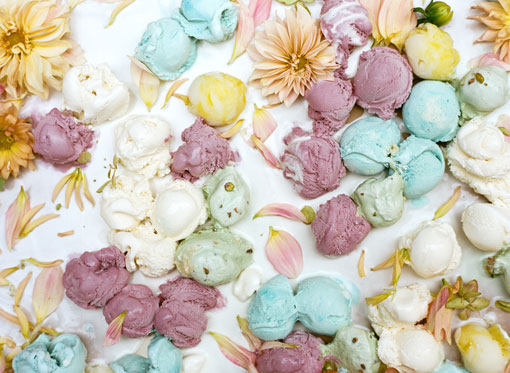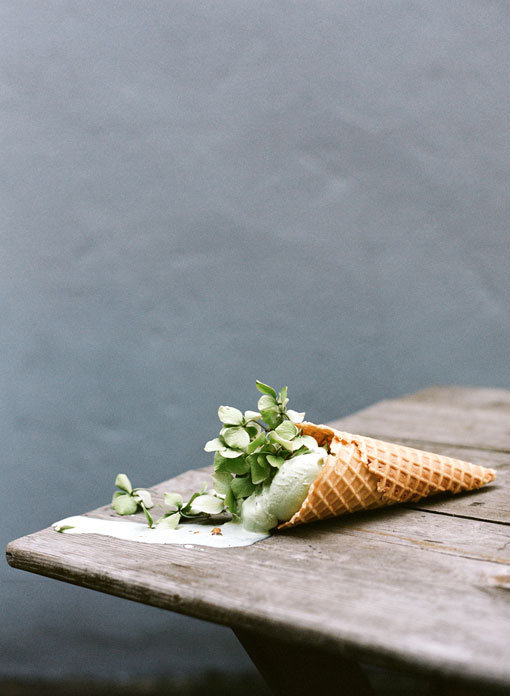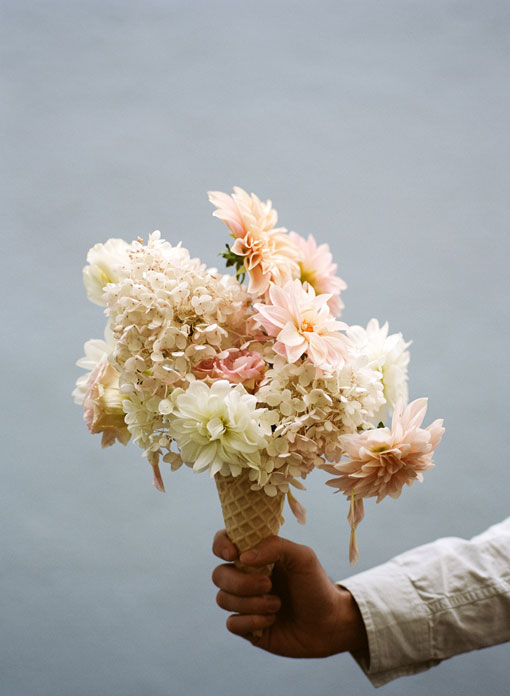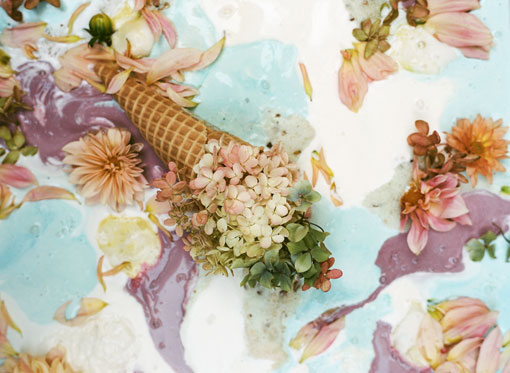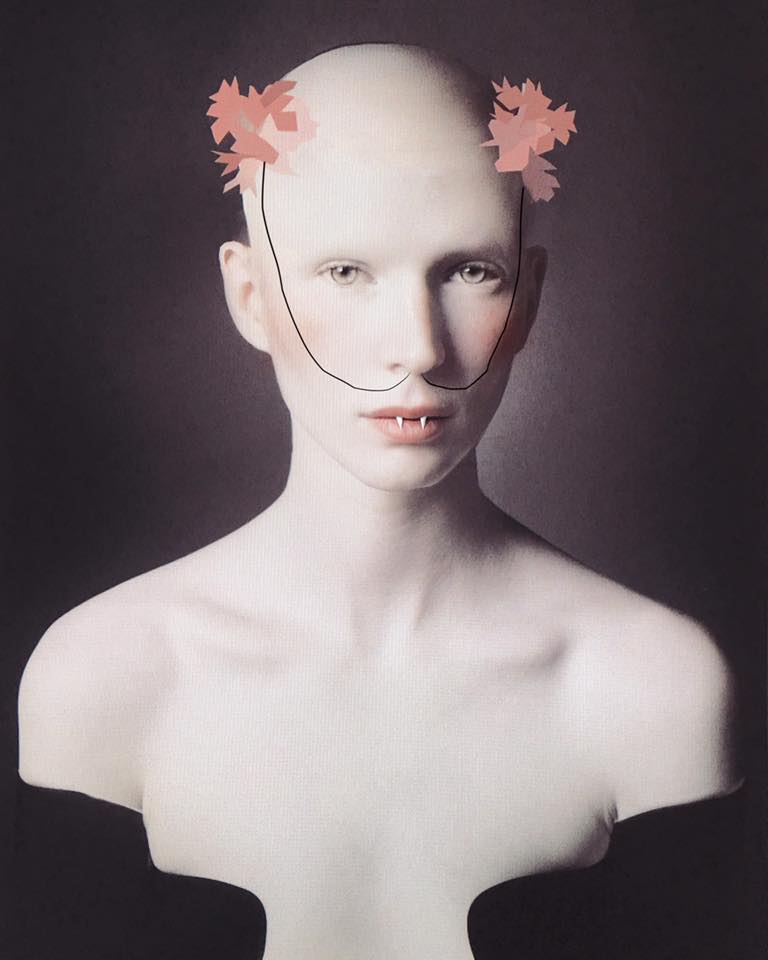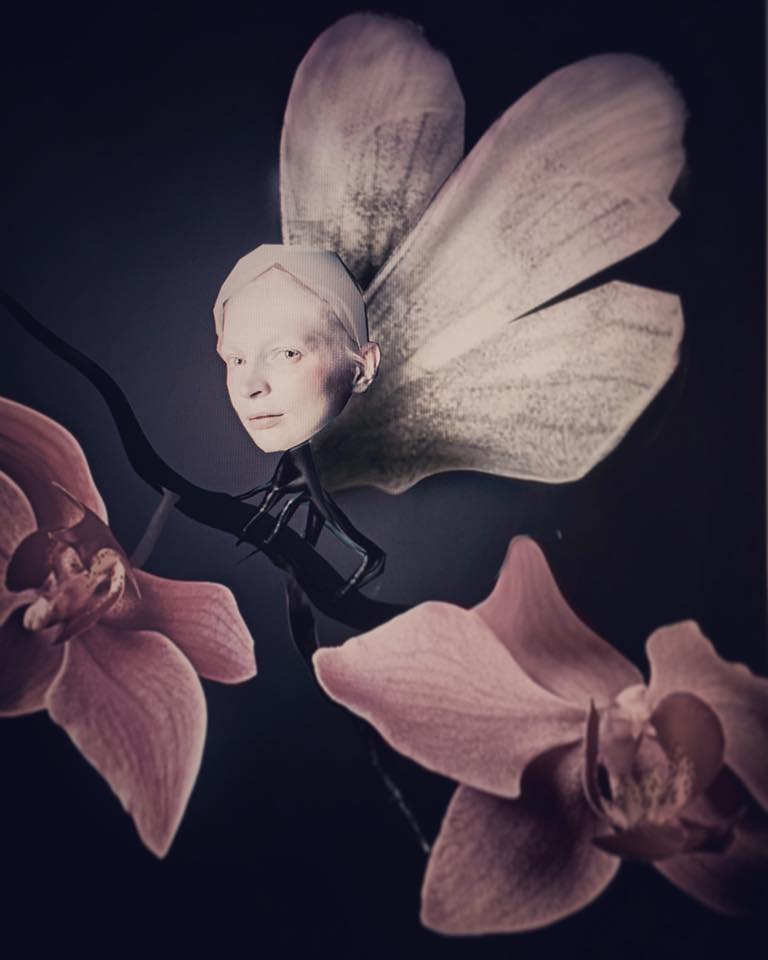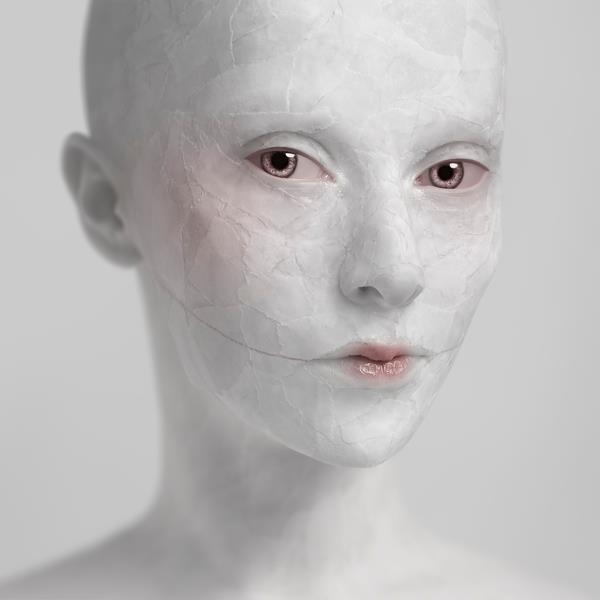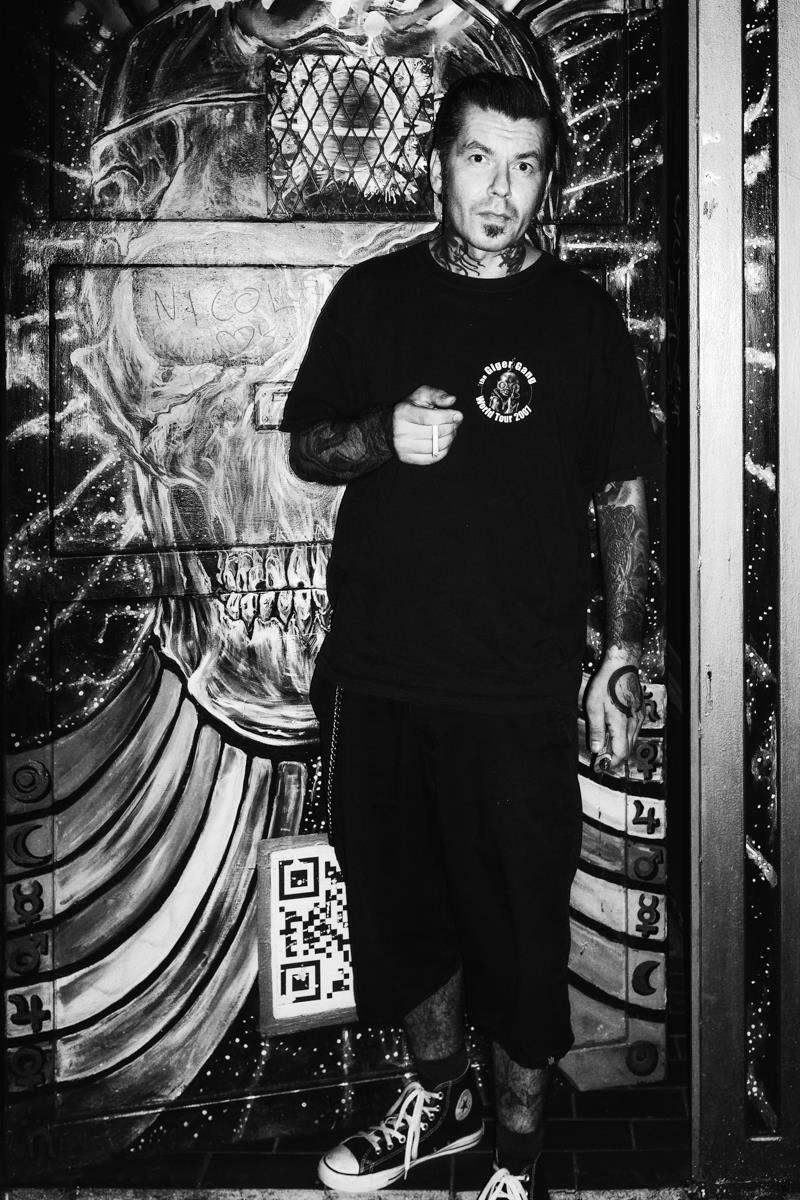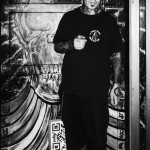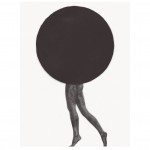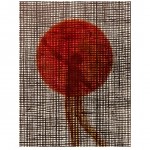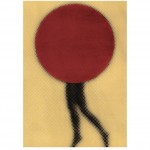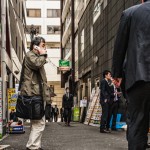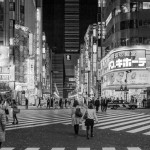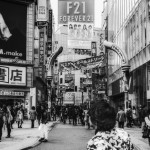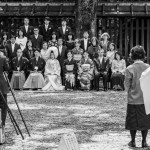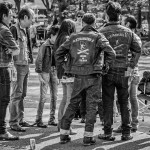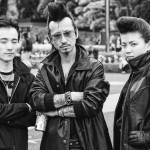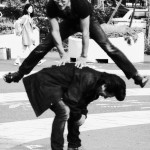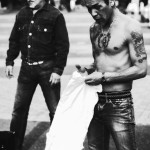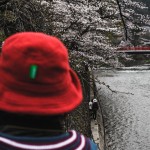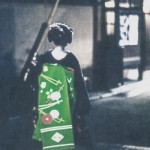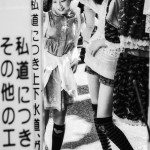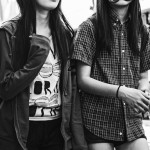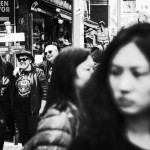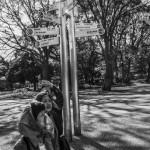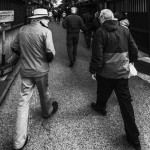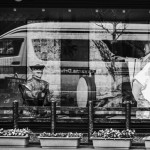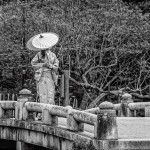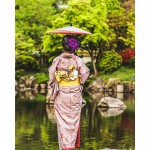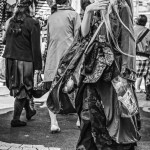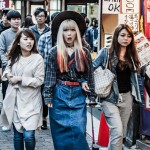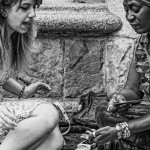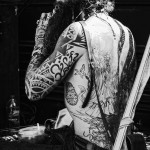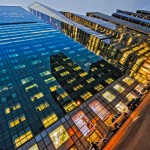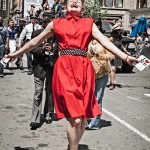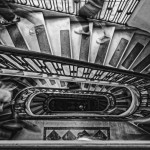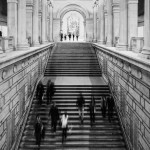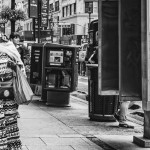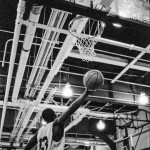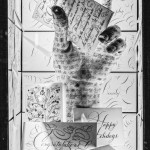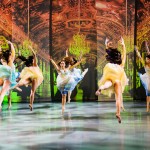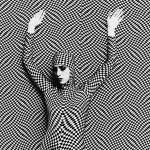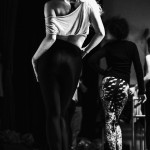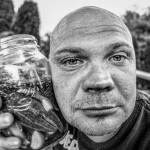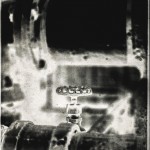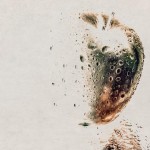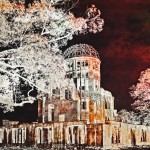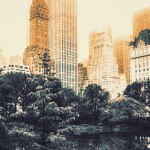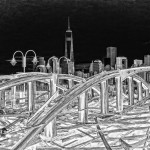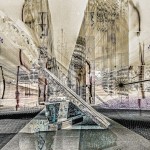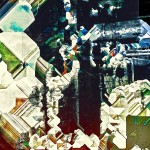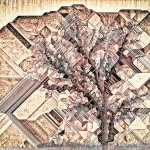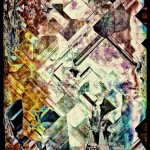In Issue 11 (The Fruity Issue), writer and philosopher Kimberly Baltzer-Jaray wrote a piece titled Stay Real. Keep Simple. Live in the now. Ignorant Style where she discussed the importance of the “shits and giggles” tattoo and interviewed French graffiti artist turned tattooist, FUZI. Along with that article we included some beautiful photographs, some of these were taken by FUZI and some were created by a talented friend of Kimberly’s, Sebastian Klimek, on the day FUZI tattooed JOnas in NYC… Kimberly explores more below…
Sebastian and FUZI share some similarities in that both are self-taught artists; both find inspiration in the streets and with the everyday people walking them; both like to break rules and do not identify with any set style, but rather create their own. In this way, they are more avant-garde or ‘anti-art’ like the 20th century Dadaists were. Sebastian’s photographs are rather eclectic and even at times a bit chaotic in subject matter, technique or distortion, and thus he describes them as ‘Brute style’. In fact, he doesn’t think of himself as an artist at all: “I don’t consider myself an artist. I don’t want to take nice photographs, but rather I want to capture interesting content. I dislike mainstream or commercial photography. You could say photography itself guides and rules my ass. I experiment a lot with different mediums, digital tools. I draw with my camera; I prefer to say that I created the images or made the photograph rather than shot or took.” As to influences on his photography, he only mentions loving the work of Daido Moriyama and Japanese aesthetics in general.
As a photographer Sebastian is very spontaneous, he tries not to think too much when he shoots since “thinking too much causes conflicts.” He’s also quite ethical in that he refuses to photograph homeless people or beggars because “it’s being a vulture for a cheap shot.”
For Sebastian, photography and creating images is a self-therapy for pain, specifically social anxiety disorder (SAD). Photography is a form of interacting with people that is without verbal content, it is a way to be part of the social situation without the pressures of conversation and proximity, and thus it his a way to cope with and overcome SAD. Capturing people on the street through his lens and images is a way of communicating at a comfortable distance, silently, and in many ways without judgment. Sebastian says, “Basically, I’m waging a war against social anxiety disorder, which has been torturing me since my teenage years. People think I’m quiet or even shy, but that’s not true. I’m pretty fuck’n loud, but I get choked when I need my communication and photography skills the most. I fear embarrassing myself, which is the biggest issue with SAD. But if you keep yourself in the shadow of a disorder, it’ll eat you and ruin your life, and you’ll end up institutionalized. Capturing people on the streets is a way for me to overcome and heal. So, there is a very deeply personal and meaningful subject for my photographs.”
It is here we see that his photography very much fits with his life philosophy when he adds, “They [his photographs] are the beginning of something greater.” For Sebastian, any misfortune in life leads to something greater and positive. In other words, setbacks and difficulties are opportunities for bigger, better and greater things.
Sebastian was born in Poland and moved to New Jersey when he was 17. With no formal education, he worked as a construction worker until a serious injury forced him to stop. He currently volunteers at a wonderful art organization known as the Franklin Furnace Archive Inc. in Brooklyn, NY, a place that encourages the creation and preservation of avant-garde art of all forms and is committed to promoting that which is under-represented by mainstream arts institutions due to things like ephemeral nature or politically unpopular content. His volunteer work at the Franklin Furnace is a source of pride, meaningful purpose and joy.
All images © 2015 Sebastian Klimek
